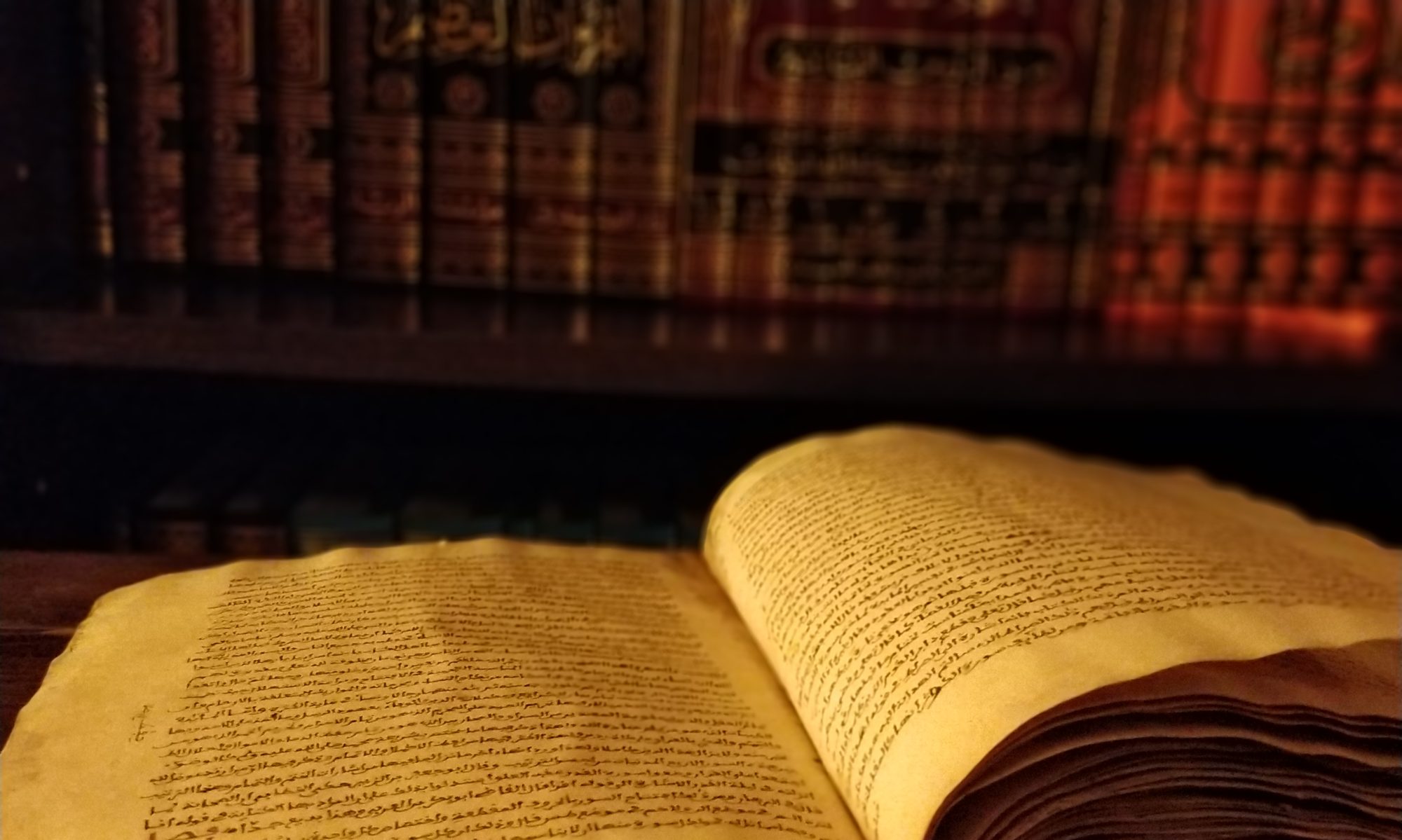Title: A letter on Papyrus | رسالة على البدري
Author: Unknown | مجهول
Scribe: Unknown | مجهول
Script: Early ‘Abbasid/Kufic
Date: ~ 2nd/8th to 3rd/9th century
Size: 14.5 X 8.5 CM
Folios: 1 (Fragment)
Description: Origin: Most likely Egypt. Written on Papyrus | Fragment of a letter with the contents/purpose undetermined | The script is typical of Late Hijazi or early Kufic scripts without Ma’il/slant. The Alif is a straight vertical line rather than exhibiting slantness towards the right, which was common in the script of that era. However, there are examples of papyri with straight Alifs that are dated to the 2nd century Hijri and in some cases earlier. The Alif matches that of a 1st century Hijri papyrus in the Center of Papyrological Studies and Inscriptions in ‘Ain Shams University (P. ACPSI No. 113). | The papyrus has some damage in the middle and frayed edges indicating poor conservation before it was framed. | The text is difficult to decipher, this is our best attempt:
1- بسم الله الرحمن الرحمن
2- ذكر(ى؟) بن عبد (الله ؟) هـ [ ] لها ل
3- يعقوب [ ] من [ ] الصع[..]
4-
5- ـ[ ] أعذار إذا
6-
Provenance: Obtained from an antique dealer in Southern California. It was previously owned by a rug dealer in Western Los Angeles
Research Notes: Papyrus is one of the oldest writing surfaces used by the Muslims after Egypt was conquered by ‘Amr bin Al-‘Aas رضي الله عنه during the Khilaafah of ‘Umar رضي الله عنه. Papyrus had been used in Egypt since the time of the Pharoahs. Originating from the Cyperus Papyrus L plant native to the Nile river delta in Egypt and Sudan, the use of Papyrus as a writing surface was popularized through Egyptian exports and foreign control of Egypt from the Greek, Persians, and Romans. After the Muslims entered Egypt, the use of Papyrus for Islamic literature and documents flourished predominately in Egypt, but not around the Muslim world. Papyrus was mostly used in official documents and letters. The majority of surviving papyri from the Islamic world relate to transactions, documents, and letters from Egypt, Syria, and parts of ‘Iraq. | This fragment of Islamic era papyrus requires a lot more research, but is difficult due to the damage on the manuscript and its preservation in the frame.
Accession #: Ms.p.135f

